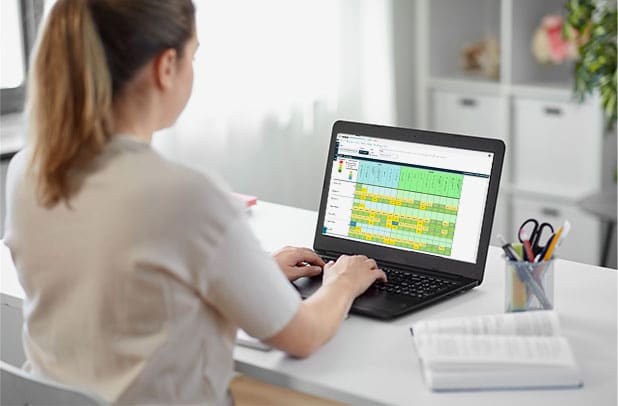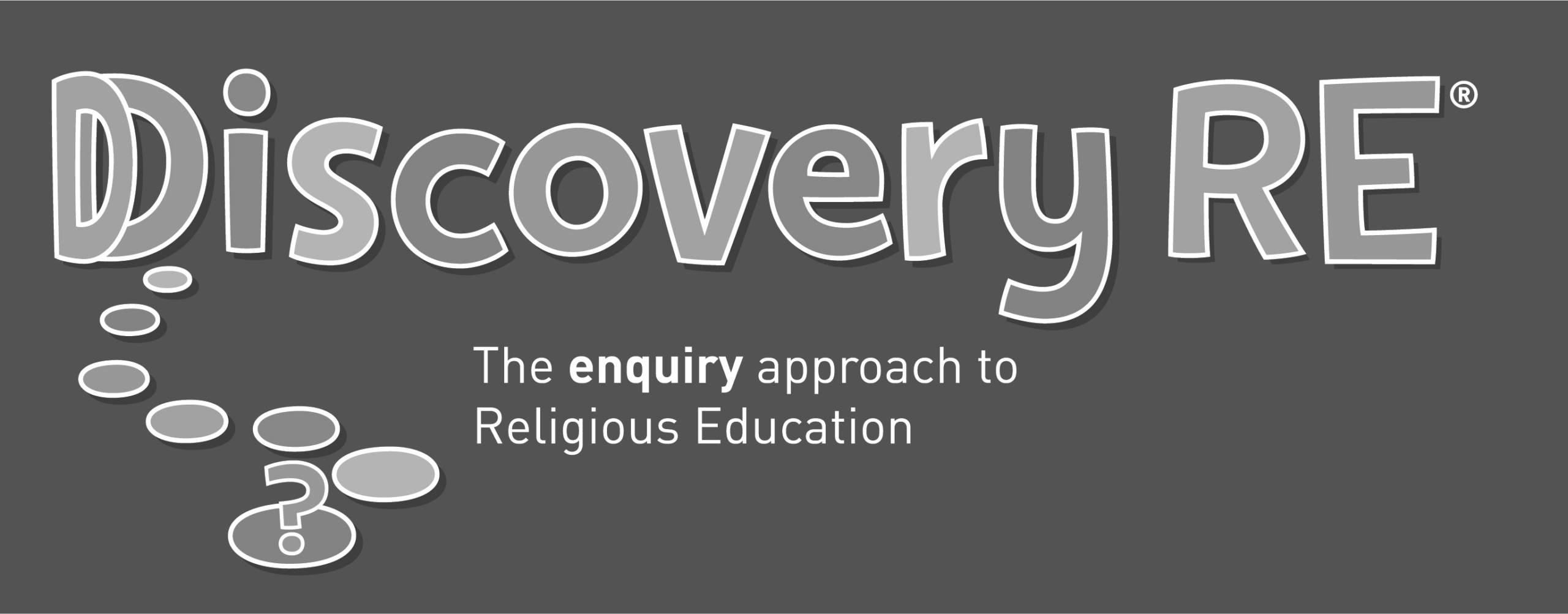
School Improvement - Don't Let DRIP Syndrome Beat You
In the alphabet soup of school improvement, Brighouse and Woods (2013) name ten key drivers:
- Dedication
- Determination
- Deciding
- Difference
- Discovery
- Data
- Distributing
- Developing
- Deepening
- Distinctiveness
At the heart of school improvement, we will find data but data is a word that can be full of ambiguity, a ‘Humpty Dumpty’ word that can mean “just what we want it to mean”, something the argumentative egg says to Alice in Through the Looking Glass.
Data can mean many things to many people but when defined and used consistently then it has great potential and power. In a school, when data is clearly articulated within the context of a trusted assessment programme, then data has meaning and can be used reliably to drive progress.
Schools can be ‘data rich but information poor’ without the infrastructure, guidance and expertise to collect, interpret and act on it; this is known as the ‘DRIP Syndrome’. School activity slows to a small drip as everyone tries to sift through mountains of data.
Data rich and information poor schools might have plenty of information but they lack the tools to make the data useful and accessible. If the data isn’t analysed properly then it has too many meanings and can’t drive improvement.
Understanding DRIP is the first step in upgrading school improvement and improving self-evaluation.
The most effective schools understand the uses and abuses of data and they use it sparingly but judiciously and regularly use summative results for formative purposes. These are efficient learning organisations where staff at all levels are trained to interrogate data rigorously and probe their findings further.
They use data to get a clear overview of their institution and an accurate understanding of their strengths and weaknesses because they can trust the information is efficient and valuable not junk.
For that to happen, these schools have a tried and tested system in place that tells them where they are at and what they need to do to get better.
Many schools use Educater’s SEFonline software because it offers the reassurance they need to be inspection-ready and it strategically shapes their school improvement planning.
SEFonline has been designed by teachers and inspectors and is aligned to the new Ofsted Education Inspection Framework (EIF).
Strong and centred self-evaluation is integral to the culture of a school focused on improvement. It is built into management systems and governed by the needs of the school and its pupils where rigorous analysis of strengths and weaknesses shine lights on priorities and strategies for improvement.
This involves sharply focused monitoring based on clear indicators so that a school can measure the extent of its work on the outcomes for pupils.
SEFonline can help schools develop a clear cycle of activities, establish or refine priorities within their overall improvement plans and build these into improvement plans for departments or subjects. It can help schools evolve their analysis of information and introduce changes to provision to include focused support strategies. It feeds directly into school improvement planning, making the process very simple and saves loads of time.
There are many benefits of using Educater’s interactive online SEF system because it is highly intuitive and guides leaders through the self-evaluation process. It is efficient, user-friendly and school data is accurately and clearly presented against up-to-date national averages to show school performance.
SEFonline takes leaders through a self-evaluation process based around key performance indicators which interpret the Ofsted grade descriptors for good and outstanding in order to provide an indicative grade.
Crucially, SEFonline avoids the DRIP Syndrome and the headless chicken approach to data management. It develops a data-rich culture that is not limited to numbers and helps all staff to recognise poor data (old data, data presented in confusing or inaccurate ways, etc.) and how this can lead to incorrect conclusions about student needs.
A school that effectively and consistently utilises a sharp and crisp self-evaluation system to inform decisions that is aligned to the new Ofsted framework can experience sustainable positive results.
SEFonline therefore can help schools collect the right data, help turn this data into usable information and ensure it can be easily retrieved and understood.
SEFonline helps schools develop a concise and succinct self-evaluation and clearly signposts evidence. It creates a working document that is internally consistent, evaluative rather than descriptive or repetitive, it is honest and inclusive and it is linked to the improvement plan and inspection criteria. SEFonline helps schools take a synoptic view evaluating the big picture as well as the component parts.
Above all, it develops a focus on collaboration and collective agency (Carpenter, 2018), “vision and shared effort” (Hughes, 2019) linked to good evidence, quantified where appropriate.
The backbone of a great school is self-evaluation and this isn’t just a paper-exercise and document for inspection but a key part of the improvement cycle “intensely focused on teaching and learning” (Steward 2019).
Self-evaluation is designed to improve school performance, improve teacher performance and professional growth, improve pupil performance and celebrate achievement.
It is not a straightjacket but an organic improvement tool and a springboard for high quality, professional school improvement.
Self-evaluation is premised on intelligent accountability and this is where SEFonline can help because it enables a school to tell its stakeholders how well it is doing based on a regular collection of data, and embeds self-evaluation in the day-to-day work of the school. It helps schools provide convincing evidence of their success, organises with clarity and shares a clear plan of action which maps out how improvement will be made.
Effective self-evaluation is firmly embedded in a school improvement planning cycle so that it properly supports continuous improvement, engages at every level and creates a culture of high challenge and low threat.
School self-evaluation is effectively conducted within an intelligible framework and reinforced by a set of structures that support systematic processes to collect an array of data from diverse sources and inform action to advance pupil and professional learning.
This is what SEFonline from Educater helps you to do so that you have the means of knowing where you are, where you are going and how you will know when you have arrived.
Author: John Dabell










